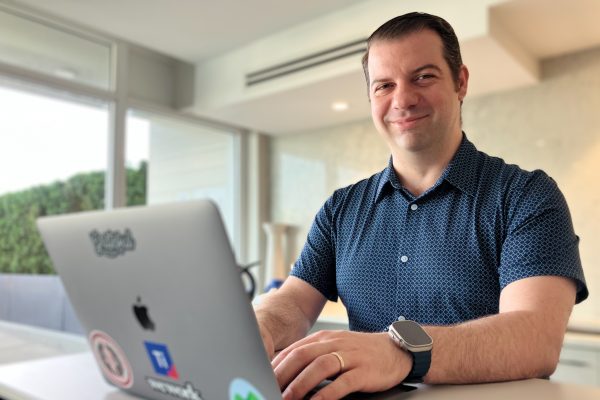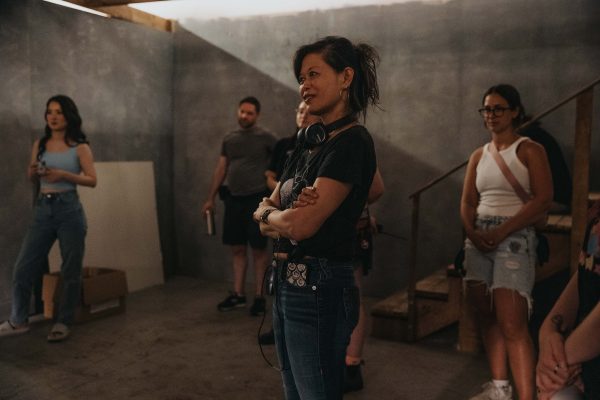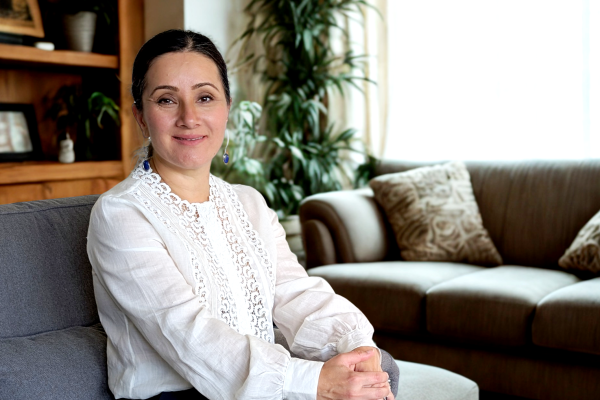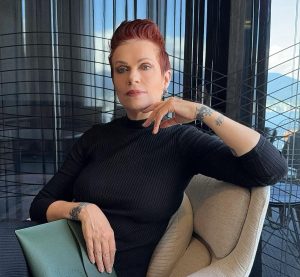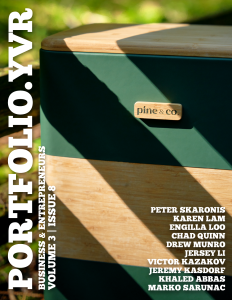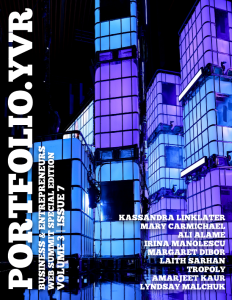Born in Bulgaria and raised in Mississauga, Ontario, Victor Kazakov later moved to Vancouver to study Computer Science at Simon Fraser University. After graduating with a Bachelor’s degree, Victor began his career in Vancouver’s startup scene, drawn to the fast pace and excitement of building new products from the ground up.
In 2012, he joined Layer7 shortly before its acquisition by CA Technologies. That experience, followed by CA’s later acquisition by Broadcom, provided him with the opportunity to see different stages of growth—first the scrappy energy of a startup, then the structure and scale of large enterprises. Those years shaped his deep understanding of how to build strong products and teams.
In the summer of 2023, Victor joined Catio as the founding engineer, working alongside CEO Boris Bogatin and CTO Toufic Boubez. Over the past two years, he has helped build not only the platform, but also the team and culture. At Catio, the mission is to create an AI-driven copilot for tech stack architecture, enabling enterprises to make better, faster technology decisions.
Outside of work, Victor enjoys an active social life with his husband, Aleem Kassam, who has become part of the extended Catio family, often joining the team socially during offsites and events.

The Business.
The complexity of modern cloud-native architectures and microservices demands a smarter, faster way to make technology decisions. Catio meets this challenge with an AI-driven copilot for tech stack architecture. The platform streamlines strategic design, planning, and optimization. Powered by advanced AI models and proprietary data, Catio delivers continuous evaluation, deep analytics, and tailored recommendations. The result is that technology leaders gain the clarity to make confident, data-backed decisions that keep stacks efficient, scalable, and aligned with business goals.
Enterprises choose Catio because it provides real-time architecture visibility, exposing hidden dependencies, risks, and inefficiencies across services, databases, and components with continuous monitoring and automated discovery. The platform delivers AI-driven recommendations, offering contextualized insights and strategic roadmaps tailored to unique requirements, enabling modernization, right-sizing, redundancy elimination, and best-fit service selection. By accelerating analysis, Catio shortens decision cycles by up to 80 percent, giving teams the speed and precision to maximize ROI and long-term efficiency.
Catio’s observability and modeling provide the only platform that turns architectural complexity into contextualized, AI-powered insights. With Catio, enterprises can confidently modernize, optimize, and accelerate digital transformation, transforming technology decision-making into a process driven by clarity, efficiency, and strategic impact.

In His Words.
“I first recognized my entrepreneurial spirit not through one defining moment, but as a thread woven through my childhood. I was obsessed with puzzles, Lego, and model building—anything that allowed me to create something from scratch. When my family bought our first computer when I was eight, I was instantly hooked. I figured it out right away and spent countless hours tinkering and exploring. That curiosity and creativity shaped who I am today. Later, after graduating from Simon Fraser University, I gravitated toward Vancouver’s startup scene. To me, it felt like the grown-up version of those childhood puzzles: building something brand new that did not yet exist. It was less about a single “aha” moment and more about an ongoing pull toward creating and problem-solving. I knew I wanted to keep building things that mattered and see where that curiosity could lead.
The inspiration for my first big idea came while I was working at CA Technologies. I was part of a team constantly experimenting with how to configure and optimize products—everything from connection pools to database setups. Much of it relied on trial and error, or educated guesses, which always frustrated me. I kept thinking, there had to be a smarter way to do this. At the time, I even created a lean canvas business plan, but I lacked the network and experience to bring it to life. Years later, in a conversation with Toufic Boubez now our CTO, I was reminded of that same challenge. He was exploring a venture that mirrored the very problem I had been wrestling with: how to help companies optimize their technology in a systematic, intelligent way. That conversation reignited my passion, and this time, with the right team and timing, I knew I had to dive in.
Some of my most memorable early experiences came during Catio’s first demos. Our product was still in its infancy, and every presentation carried both excitement and nerves. While the team presented, I would sit in the background with logs open, monitoring every process in real time. Often, I messaged my colleagues mid-demo with cues like, “the process just finished, you can reload the page now,” or I quietly fixed a bug and sent, “okay, refresh—it should work now.” It felt like running a live show backstage, adjusting everything quietly while the performance carried on. Chaotic as they were, those demos were also thrilling. They showed how scrappy and determined we were, doing whatever it took to keep the vision alive in front of customers and investors.
Adapting to a fully remote world has been one of the greatest evolutions of my journey. I had always believed in the energy of in-person collaboration—those spontaneous conversations by the water cooler, or overhearing a problem solved at the desk next to you. Remote work stripped away that natural flow, so we had to build intentional systems in its place. At Catio, we committed to being remote-first, which allowed us to hire the best talent across Canada and the United States. We created structures like a virtual office in KumoSpace, clear communication processes, and quarterly offsites where the team could meet in person. Those offsites have been transformational, blending deep work with culture building and fun. What once seemed like a limitation became a strength, teaching me that with the right systems, even distance cannot dilute teamwork.”

“The most influential chapter of my career before Catio was at Layer7. I joined in 2012, right before its acquisition by CA Technologies. Experiencing a later-stage startup for the first time was exhilarating—the hunger to win customers, make them successful, and push the product forward was unmatched. The acquisition introduced me to the world of large enterprises, where structure, resources, and process ruled. Later, when CA was acquired by Broadcom, I lived through another seismic shift. Each stage taught me something distinct: at Layer7, it was grit and creativity; at CA, it was strategy and process; at Broadcom, it was managing scale and complexity. I would not call them separate ventures, but these milestones shaped how I approach building products and teams today. They laid the foundation I would later rely on at Catio.
Scaling Catio required finding the right balance between proving the concept quickly and building a robust, future-proof product. Early on, our leadership team, including Boris Bogatin, excelled at using a polished Figma demo to tell our story. Boris and the others turned what was essentially a clickable design into a powerful fundraising and storytelling tool, winning investor confidence and sparking excitement about what we could achieve. Their ability to clearly articulate the vision gave the engineering team the space to think long-term. That freedom meant we could choose technologies carefully, design for scalability, and establish growth-ready processes. Moving from a Figma demo to a live product was a huge milestone. It proved that the vision was real and that the team had the discipline to deliver a platform capable of growing with our customers.
The biggest sacrifice has been the constant negotiation between work and balance. Startups are not nine-to-five jobs; they live in your head and your calendar at all times. My husband and I enjoy an active social life, and there have been times when work blurred into personal time. At social events, conversations often turned to Catio, and I quickly learned that a casual chat might connect me to an advisor, a partner, or even a future customer. I realized that trying to keep my work and personal life completely separate was unrealistic. Instead, I embraced the overlap. A dinner conversation could spark a new idea or introduce me to a technology I might never have discovered otherwise. It is less about strict balance and more about letting both sides of life enrich each other.
Confidence in our success has never hinged on one moment, but on a steady accumulation of small wins. Securing seed funding gave us the means to move beyond a demo and start building something real. Completing our first full platform demo and showing it externally was a huge morale boost, proving that our vision could be executed. What meant the most to me personally was working with our first design partners. Watching real companies use our platform and provide feedback made everything feel tangible. Landing our first paying customer cemented that feeling. No single milestone guaranteed success, but together they built momentum and belief in our direction.
Support and mentorship have also played a pivotal role in my growth. My most important mentor has been my husband, Aleem. As co-founder and principal of Kalu Interiors, he built a business known across Vancouver for its creativity and quality. What inspires me is how he leads by example. Aleem would never ask someone to do a task he would not do himself. If something needs doing, he is the first to step in. Watching him has shaped how I lead at Catio: leadership is about showing up, not simply directing. His ability to connect with people—clients, colleagues, or even my own team when he joins us socially at offsites—reminds me that leadership is built on empathy and relationships as much as vision.
As the company grew, my leadership style evolved around communication and connection. Remote-first work forced us to design deliberate systems for sharing ideas and making decisions. In an office, information spreads organically. Online, we had to create structures to replicate that flow. Tools like KumoSpace, structured decision-making, and weekly rituals became essential. Equally important was nurturing relationships. We introduced practices like weekly “no work talk” happy hours, and Aleem often joins the social side of our offsites, strengthening bonds across the team. I have learned that leadership is not about keeping personal and professional separate, but about weaving them together into an environment where people feel connected and supported.”

“For aspiring entrepreneurs, my advice is simple: say yes to conversations and build as many connections as possible. You never know which chat will lead to advice, an introduction, or a new idea. Early on, I believed success was defined by financial growth, but I now see that culture and team cohesion matter just as much. How people collaborate, share ideas, and support one another is what makes a company thrive. I have also learned to embrace the overlap of work and life. Personal relationships that blend into the professional can create lasting value. Those bonds sustain the journey and make the challenges worthwhile.
At the heart of Catio is a single mission: to make technology decisions easier and smarter. Modern cloud-native stacks are complicated, leaving companies to guess about scaling, optimizing, or modernizing. Our platform acts like a copilot for architecture. It continuously discovers what is happening across systems and provides clear, data-backed recommendations so leaders can make confident decisions without guesswork. To keep building momentum, we need two things: people and resources. We are hiring talented engineers, designers, and customer-facing professionals, and preparing for our next investment round to fuel expansion. Catio exists to turn complexity into clarity, and with the right people and support, we will become the go-to platform for enterprise architecture decisions.
Looking ahead to the end of 2025 and into 2026, our vision is focused on growth with purpose. We aim to expand our customer base, make current customers even more successful, and hit our revenue goals. Closing our next round of funding will help us scale faster, both in product development and in team growth. Beyond numbers, though, my ambition is to build a company people truly want to be part of. I want Catio to be known not only for solving difficult technology problems, but also for creating a culture where collaboration, curiosity, and connection thrive. If there is a legacy to leave behind, I hope it is that we made technology architecture less about guesswork and stress, and more about clarity and confidence. That is the kind of impact that can shape the way enterprises build for years to come.”
Images courtesy of Kazakov/Kassam and Hong Photography.
Author Profile

- This story is created in collaboration between Helen Siwak and the featured subject. As the founder and publisher of Portfolio.YVR Business & Entrepreneurs Magazine, Helen works closely with entrepreneurs to share their paths of innovation, resilience, and growth. Each story in this series is co-developed through interviews and first-person insights, blending authentic voices with Helen’s editorial expertise to highlight the remarkable individuals shaping British Columbia’s business landscape.
Latest entries
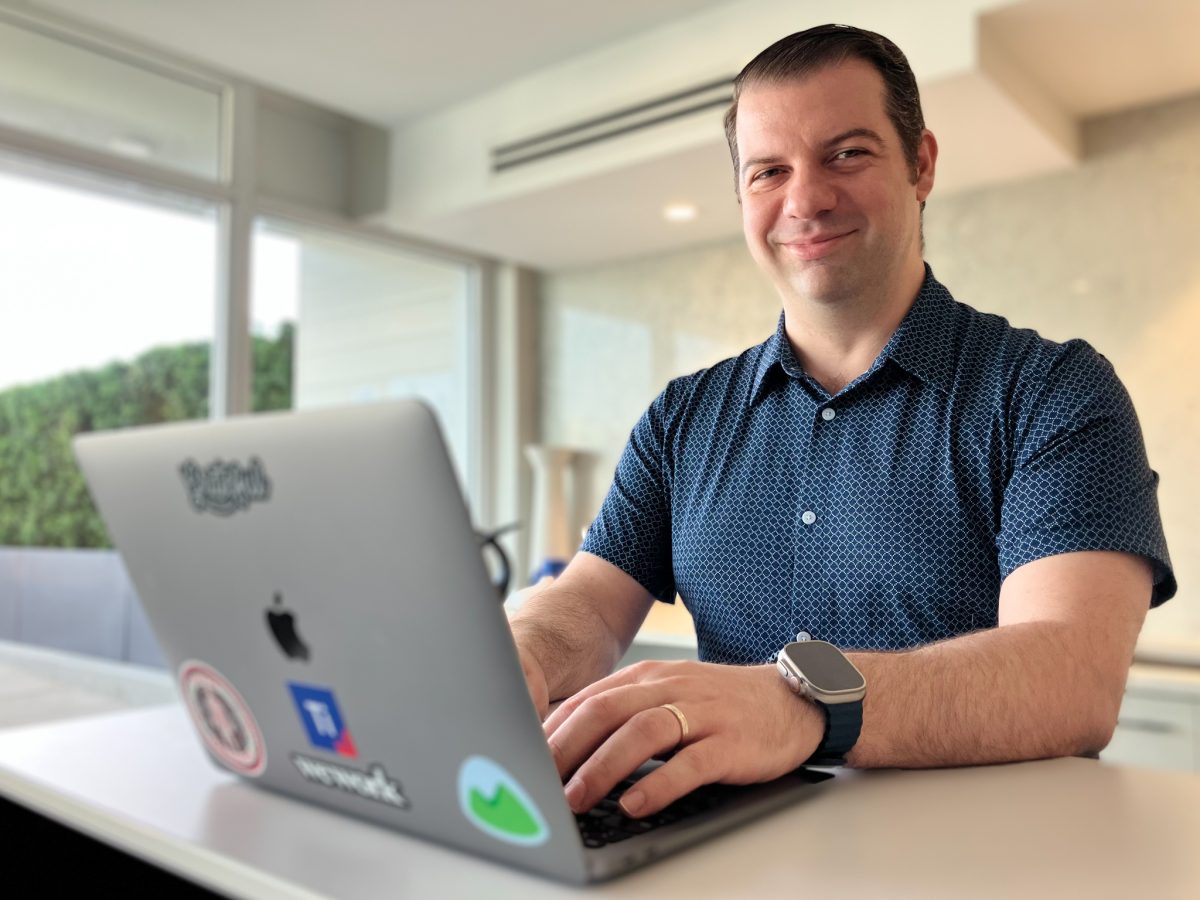 PORTFOLIO.YVROctober 12, 2025Peter Skaronis: Advancing Global Cybersecurity Leadership with Techimpossible Security Inc.
PORTFOLIO.YVROctober 12, 2025Peter Skaronis: Advancing Global Cybersecurity Leadership with Techimpossible Security Inc.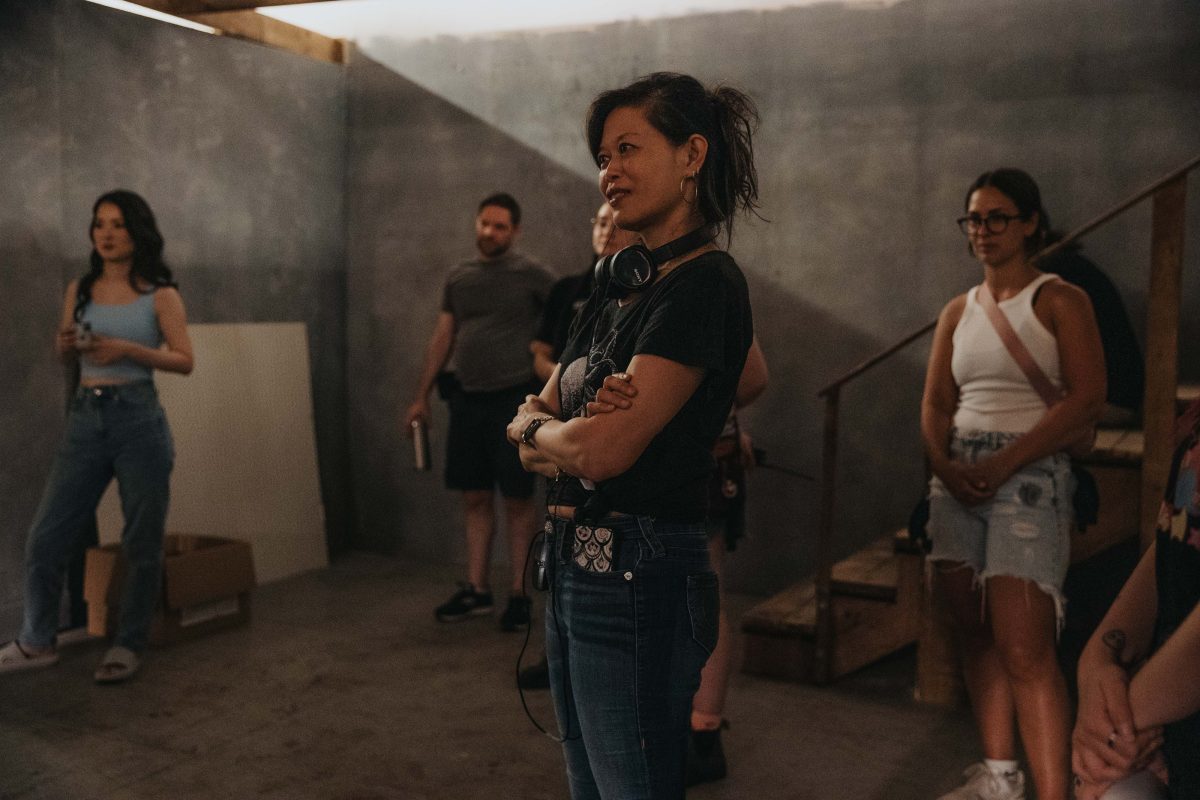 PORTFOLIO.YVROctober 12, 2025Karen Lam: Blending Law, Horror, and Creativity with Black Opiate Entertainment
PORTFOLIO.YVROctober 12, 2025Karen Lam: Blending Law, Horror, and Creativity with Black Opiate Entertainment PORTFOLIO.YVROctober 12, 2025Engilla Loo: Lightening the Mental Load of Parenting with Envia Technologies
PORTFOLIO.YVROctober 12, 2025Engilla Loo: Lightening the Mental Load of Parenting with Envia Technologies PORTFOLIO.YVROctober 12, 2025Chad Quinn: Reviving Indigenous Languages Through Innovation with Language Foundry
PORTFOLIO.YVROctober 12, 2025Chad Quinn: Reviving Indigenous Languages Through Innovation with Language Foundry

